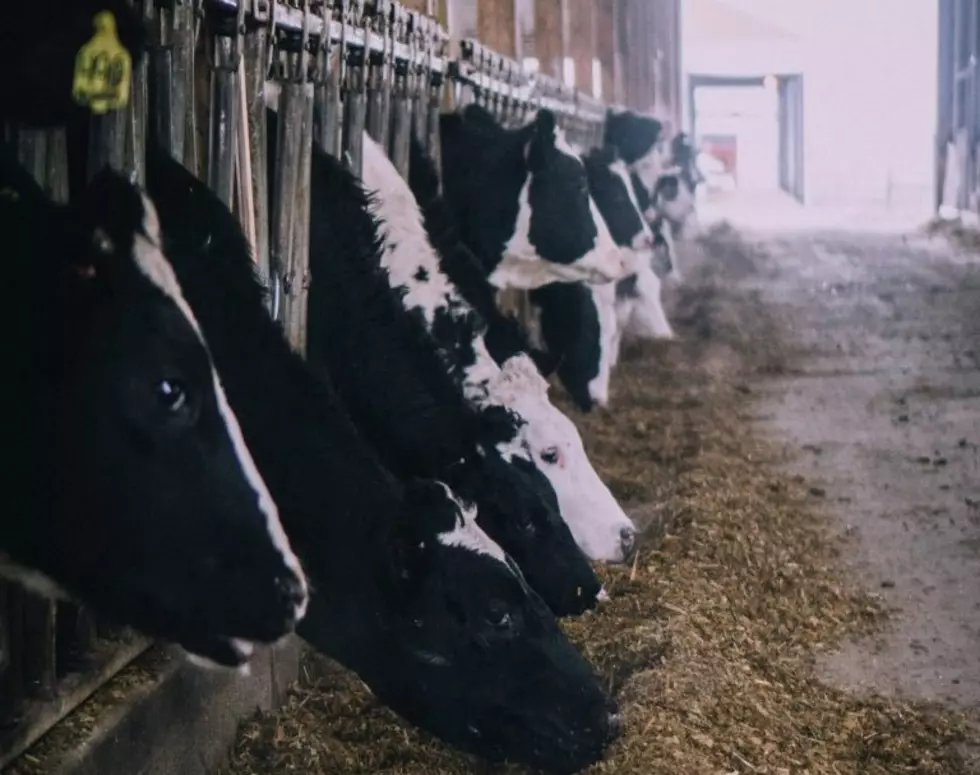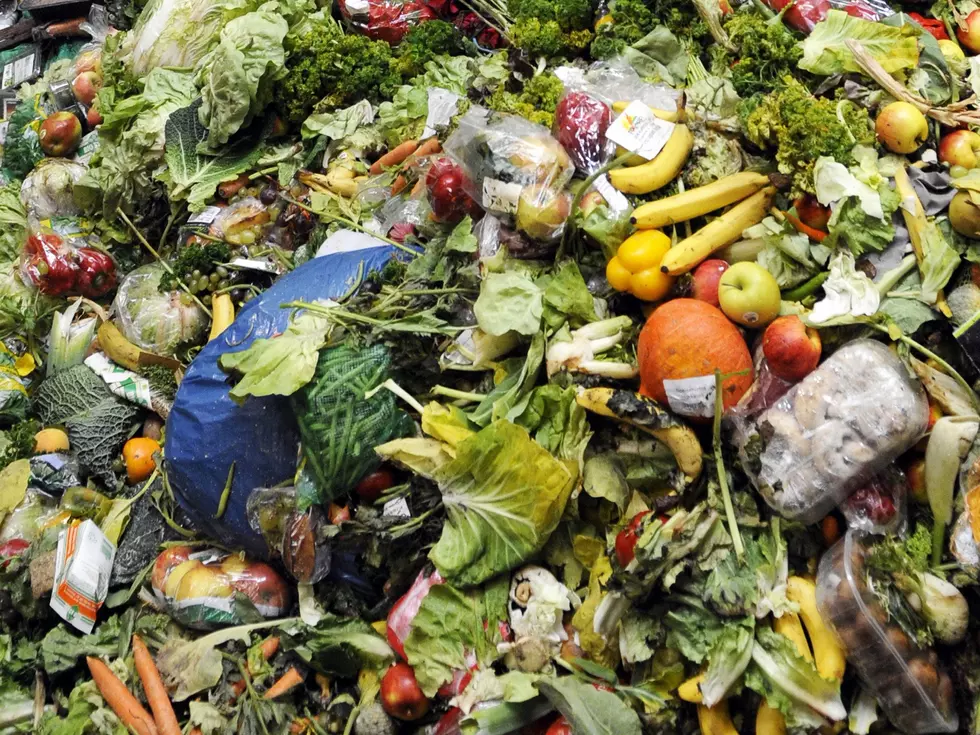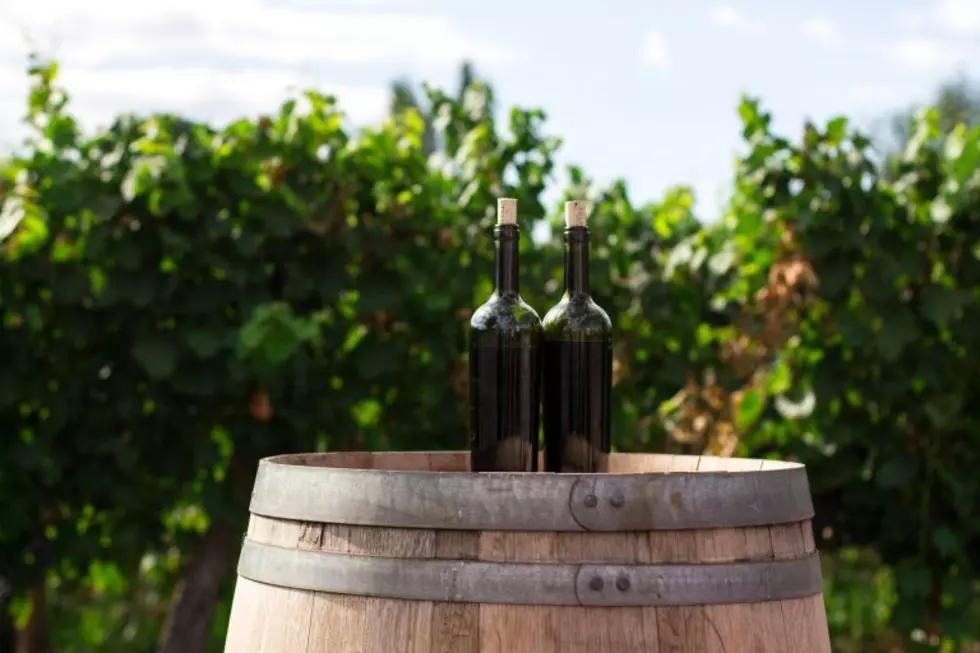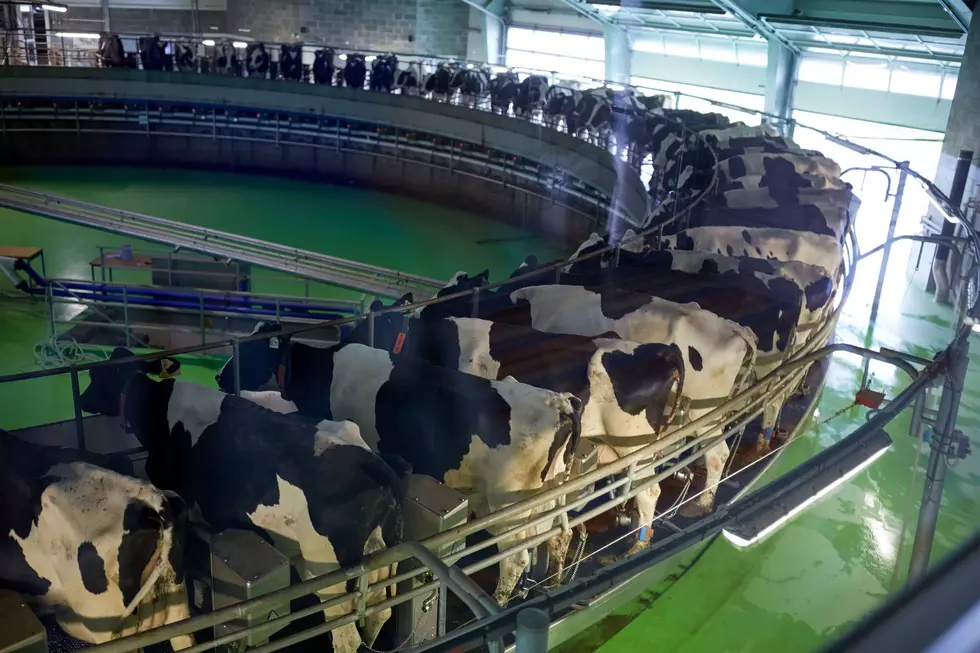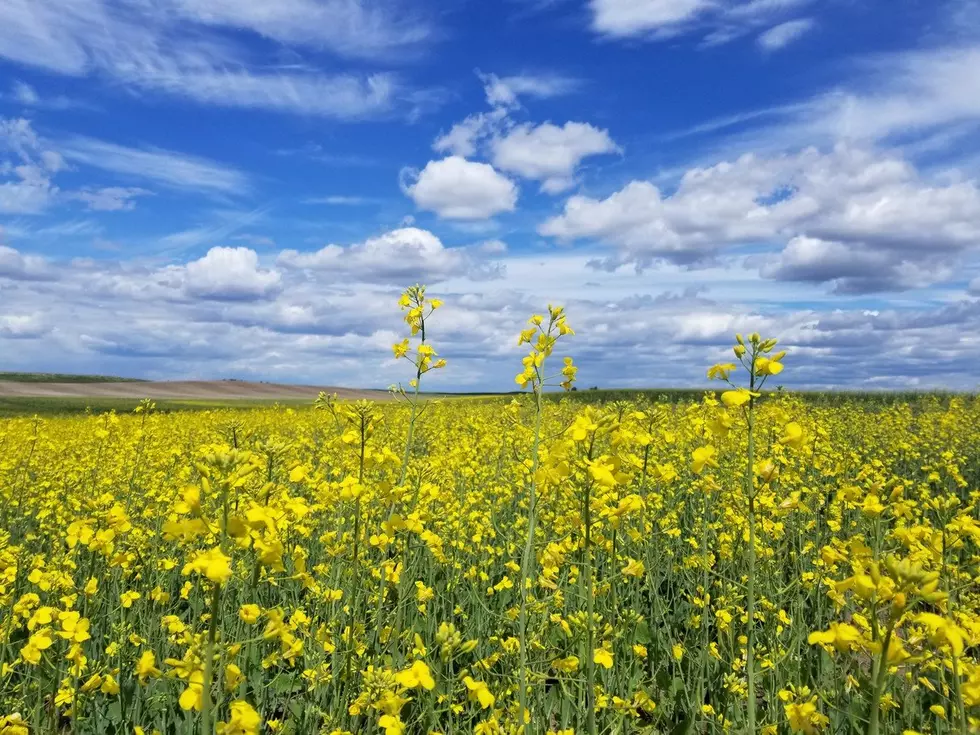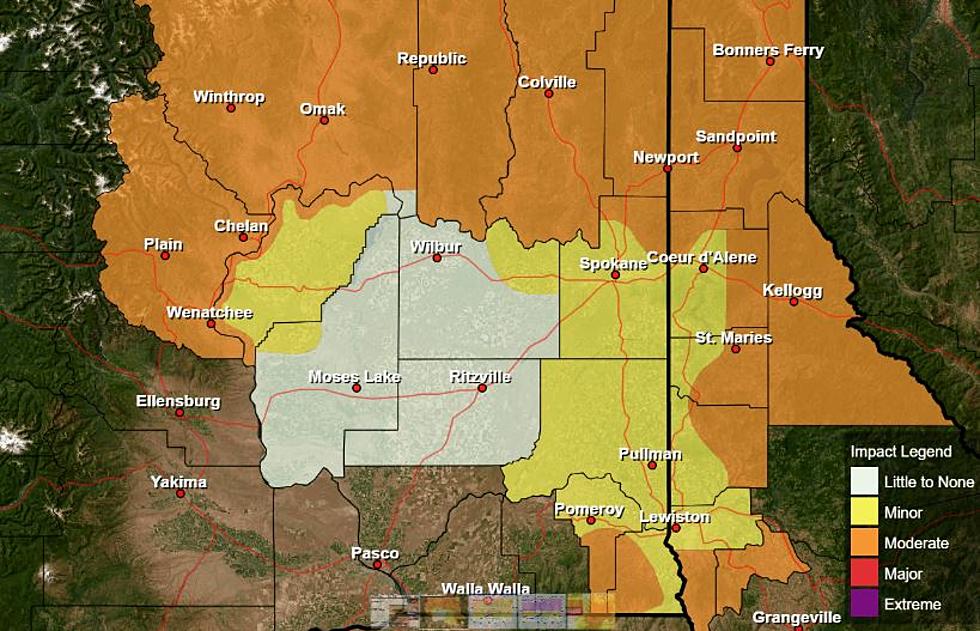
Will 2021s Heat Impact 2022s Pest Pressures?
As the Pacific Northwest gears up for another growing season, many have wondered what, if any impact the extreme heat of 2021 will have on the year head. Washington State University’s Dr. Tim Waters said there was no doubt last year’s heat, which saw temperatures into the high 110’s had an impact on pest populations.
“Growers deal with thrips in onions every year, and when it gets hot they get really bad. And when it got really hot [in June of 2021], the growers that were scouting called me and said ‘Hey, we’re not seeing as many. Are you seeing the same thing?’ And we were seeing the exact same trend, you know it got warm early and we had high thrips populations early, but mid summer, that late June time period in those excessive temperatures, we saw the thrips population drop off quite a bit.”
Waters added the heat of 2021 stressed the importance of scouting, noting that growers that observed fewer thrips in their fields were able to save on pesticide applications and costs. So, the big question, especially for vegetable growers, will the heat of last year have any impact on pest pressures we see in 2022?
Waters said he doesn’t think that will be the case.
“The main reason is insects are pretty resilient, so there’s always going to be some that survive, and typically when we start a season, we start with relatively low numbers, so, that’s always normal, insect numbers coming into the spring are always low and they always reproduce rapidly. So, I think if the conditions are conducive for growth of insects I think there will be plenty of founders there and founding populations to get things going.”
Waters was quick to note that because of the warmer temperatures the PNW has seen over the past couple of years, insects are showing greater range expansion.
What does that mean for growers now and well into the future?
More From PNW Ag Network

